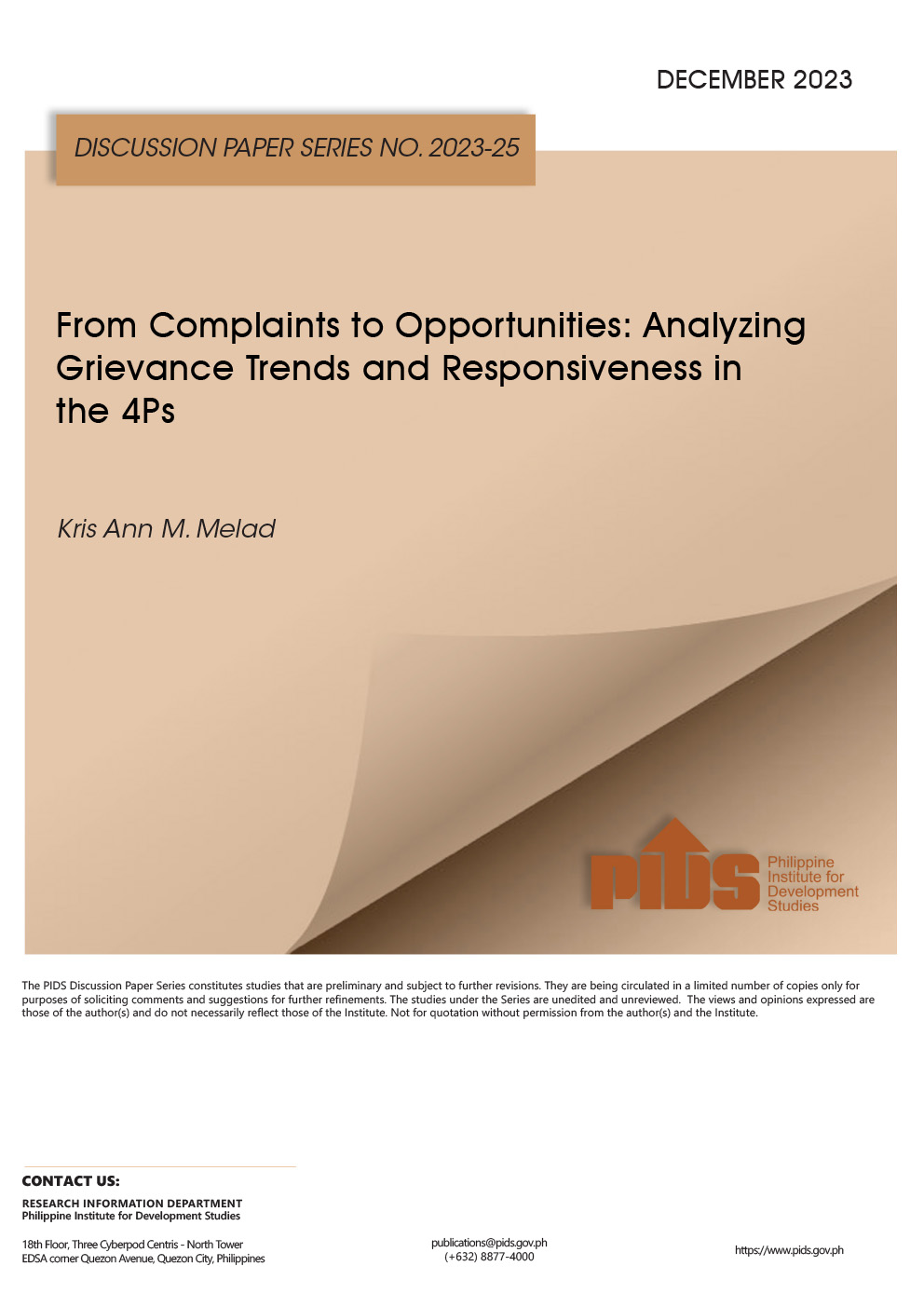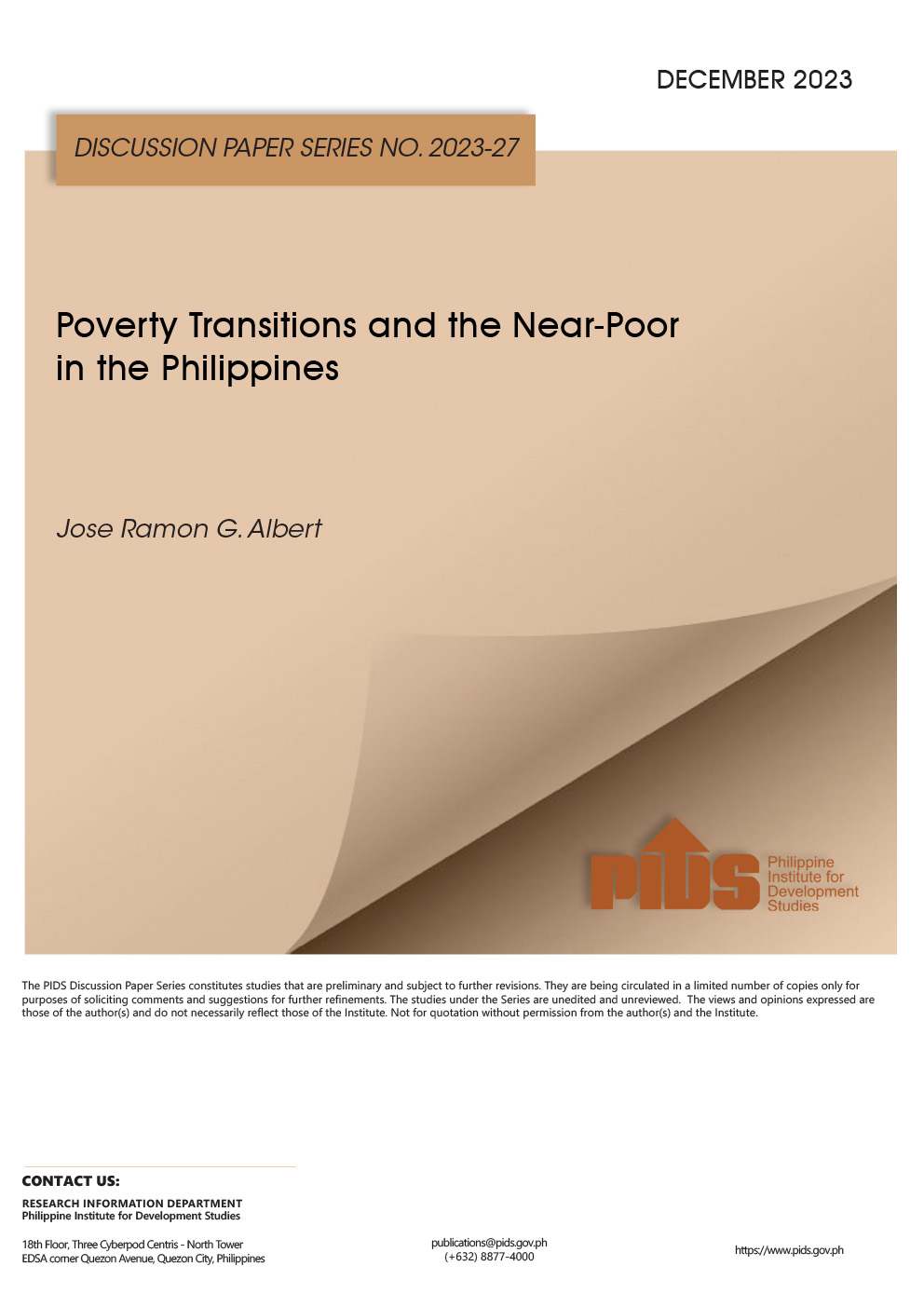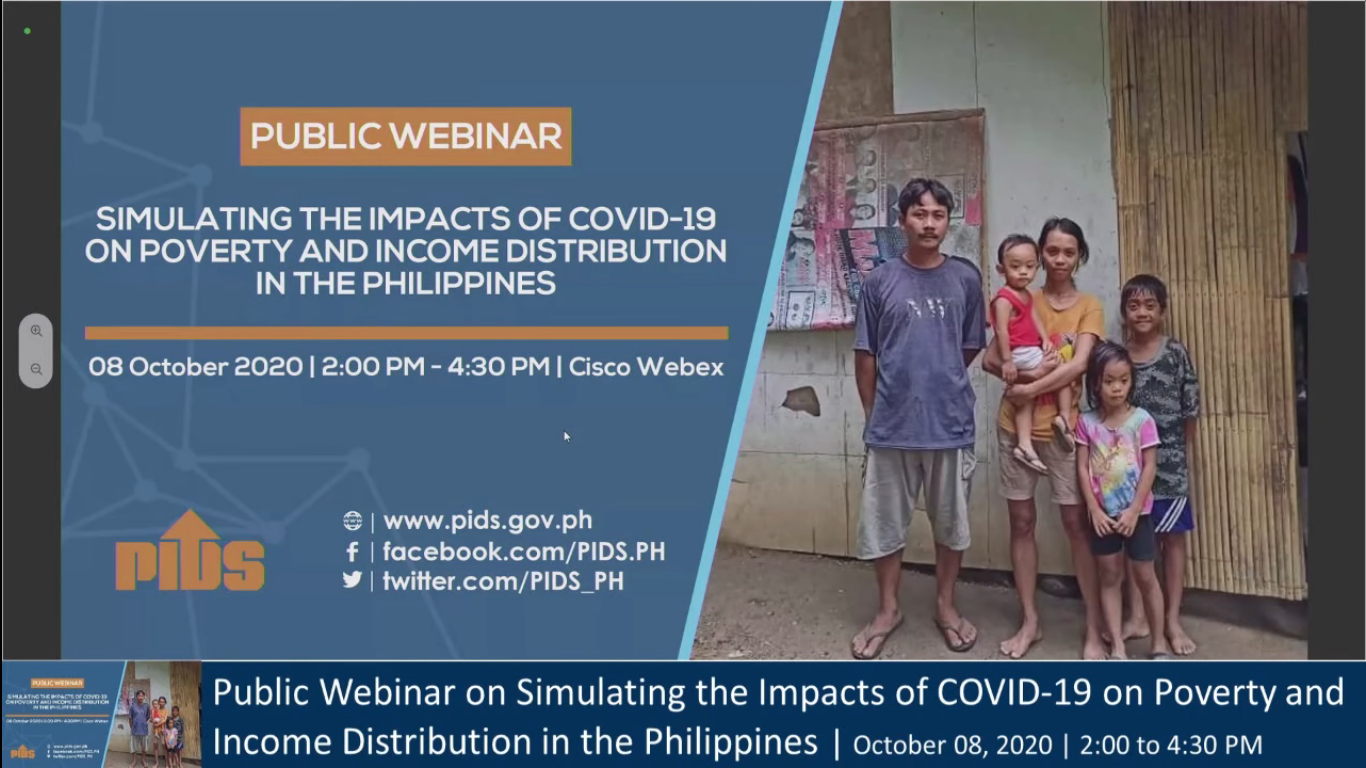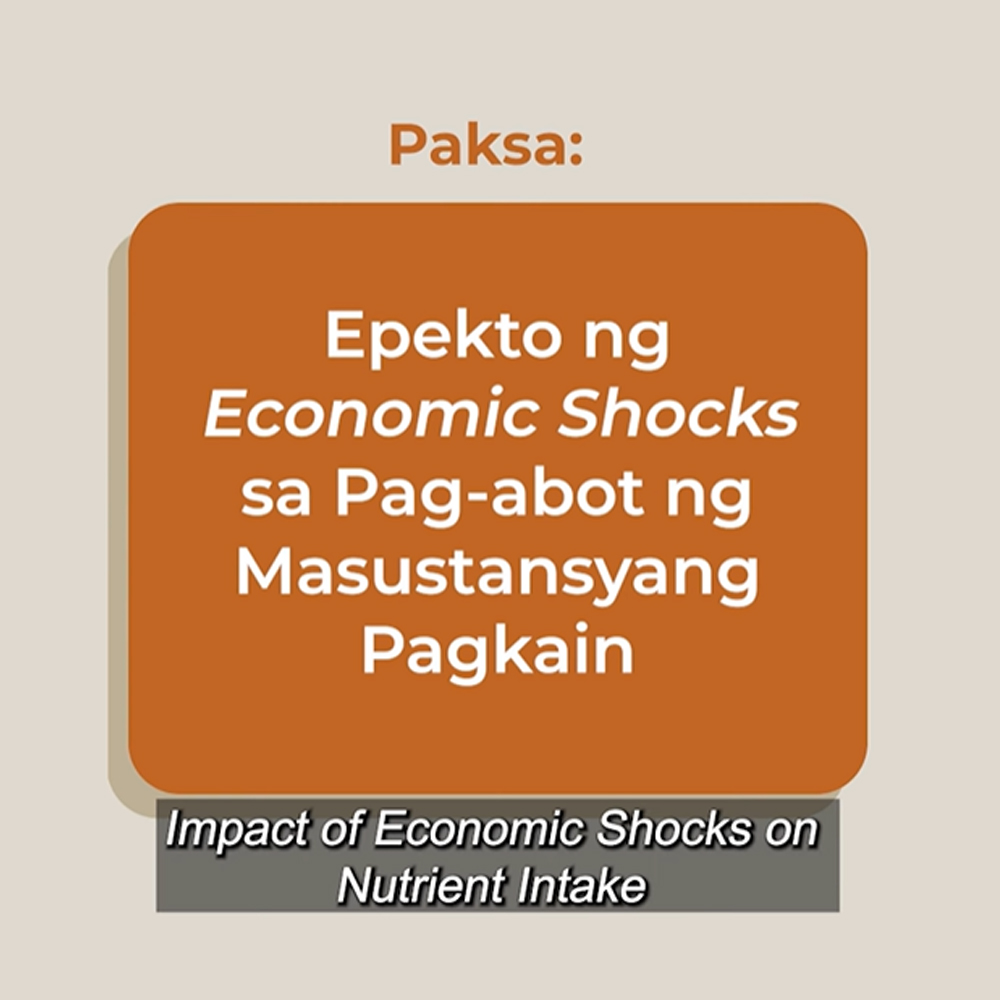RISING consumer prices would make it more challenging for the incoming administration to significantly reduce the number of poor Filipinos, according to local economists.
On Tuesday, the Philippine Statistics Authority (PSA) reported that inflation increased to 5.4 percent in May 2022, a 37-month high. Inflation in May was the highest since November 2018 when inflation reached 6.1 percent.
Based on PSA data, the higher inflation was caused by price surges in food, transportation, and sin products. In May 2021, inflation was at 4.1 percent and was at 4.9 percent in April 2022.
“The Russia-Ukraine conflict has disrupted the global supply chain and elevated commodity prices, particularly for fuel. We have seen how a single crisis can set us back, so the Duterte administration has pursued both short- and long-term interventions to increase the resilience of our domestic economy against external shocks,” Neda chief Karl Kendrick Chua said.
Inflation is only bound to increase, especially in light of the estimates made by Department of Agriculture (DA) Undersecretary for Planning Fermin Adriano that rice prices could increase by at least P4 to P6 per kilo in light of the Russia-Ukraine war and the shipping crisis. (Story here: https://businessmirror.com.ph/2022/06/06/higher-rice-production-costsseen-to-spur-%e2%82%a76-kilo-price-hike/)
“Rice is a key element of the consumer price index. Hence, this price increase will significantly affect inflation,” Ateneo Eagle Watch Senior Fellow Leonardo A. Lanzona Jr. told BusinessMirror. “All poverty programs are weakened if inflation increases.”
National Statistician Claire Dennis S. Mapa said the average price of regular milled rice is P39.20 per kilo nationwide and in the National Capital Region (NCR) is P39 per kilo on average.
Special rice varieties are being sold at around P52.70 on average nationwide and at P52.80 on average in NCR or Metro Manila. The movement of the prices of both regular milled and special rice varieties, he said, remained stable.
However, if prices increase by P4 per kilo or around a 10-percent increase, Mapa said this will greatly impact the average price of rice nationwide, as well as in Metro Manila and Areas Outside NCR.
Mapa stressed that rice has a weight of 8.9 percent in the Consumer Price Index (CPI). Food and non-alcoholic beverages have a weight of 37.75 percent in the CPI and rice is one of its largest components.
‘Poverty reduction in peril’
University of the Philippines School of Economics Director for Research Renato Reside explained to BusinessMirror that poverty is measured using a poverty line, or the minimum expenditure or income required to meet basic food and food requirements, which include rice, the country’s staple.
“Of course, rising rice prices imperil poverty reduction,” Reside said. “Given that rice is a staple and constitutes a large part of the household budget, it stands to reason that the minimum expenditure required to meet requirements will rise.”
However, Philippine Institute for Development Studies (PIDS) Senior Fellow Roehlano Briones told this newspaper that if rice prices were to increase between P4 and P6 per kilo, the impact would only be 0.6 percent on inflation.
Briones said this is not enough to cause a significant increase in inflation and would also “not harm” the country’s long-term poverty reduction efforts.
Consequences, solutions
One possible consequence of rising consumer prices, De La Salle University economist Maria Ella Oplas said, is the difficulty that economic managers could encounter in raising taxes as this may also become inflationary.
Oplas said it is better for the incoming administration to continue the tax reform program, particularly those under the TRAIN Law which allowed more Filipinos to have a larger take-home pay.
“With bigger take-home pay, they get to buy what they need most,” Oplas told BusinessMirror. “This will allow them to have options.”
To combat the possible ill effects of rising consumer prices, economists such as Action for Economic Reforms (AER) Coordinator Filomeno Sta. Ana III said the most immediate solution is providing targeted subsidies to poor households, an option put forward by the Department of Finance.
Sta. Ana said the key strategy is to extend targeted subsidies for fuel and food. These subsidies should target the poor and the users of mass transportation.
This is opposed to a general subsidy which, Sta. Ana said, will only aggravate the problem and widen the deficit, leading to higher interest rates and slower economic growth.
“For the long term, food productivity will have to increase. The Rice Competitiveness Enhancement Program will hopefully enable productivity boost,” Sta. Ana said.
Briones thinks government can also consider removing tariffs on imported rice and adopting a long-term productivity improvement in the rice industry.
Supporting farmers can be done through the Rice Competitiveness Enhancement Fund (RCEF). The RCEF is a guaranteed P10-billion fund meant to provide seeds, mechanization, and training for farmers.
Apart from these, Lanzona said addressing poverty means increasing productivity which can be done through foreign direct investments that will create jobs and incomes.
This can be supported with safety nets such as extending non-cash subsidies like food-for-work programs along with cash transfers.
Lanzona said social safety nets represent incentives to engage in livelihood programs, especially in agriculture. Programs for food production should also be placed at the core of these programs, he added.
“Government expenditures as its resources dwindle will not be enough. Innovation also needs to be tied to FDIs in light of expensive imported inputs. Investors should be given incentives to maximize the use of available local resources,” Lanzona told BusinessMirror.
Reside agreed with the recommendations and added these options: raising output per unit land, reducing spoilage from farm to market, and reducing middlemen, among others.
However, Reside cautioned that the public and the incoming administration must be careful about the “envisioned P20 per kilo rice” which may not be feasible given the country’s debt and fiscal constraints.
“We can’t subsidize rice for everybody, as richer Pinoys will benefit too. It’s too expensive. Dr. Adriano has an estimate of how much it costs to subsidize rice to P 20. It’s very costly,” Reside said.
Government response
The National Economic and Development Authority (Neda) said that in order to help cushion the impact of higher fuel prices on the most vulnerable, the government has increased the total budget for targeted subsidies to P6.1 billion.
As of June 1, 2022, over 180,000 PUV drivers and operators have received their P6,500 fuel subsidy under the Pantawid Pasada program. At the same time, more than 158,000 farmers and fisherfolk are also set to receive P3,000 as fuel discounts.
Moreover, to facilitate the entry of more goods at lower prices, President Duterte issued EO No. 171 to modify tariff rates for pork, corn, rice, and coal. This is among the key recommendations of the Economic Development Cluster in addressing the inflationary impact of the Russia-Ukraine conflict.
EO No. 171 extends the validity of EO 134 and 135, which lowered the most favored nation (MFN) tariff rates for the importation of pork and rice. The EO also reduces MFN tariff rates for corn to 5 percent in-quota and 15 percent out-quota, citing that corn accounts for more than 50 percent of the total production cost of large-scale broiler and swine farms.
To help maintain or lower electricity prices, EO No. 171 also temporarily eliminates the 7-percent MFN import tariff rate on coal as it is an important raw material in the generation of electricity.
“These temporary measures are expected to increase our food supply and ease higher electricity costs in the short-term,” said Socioeconomic Planning Secretary Karl Kendrick T. Chua.
May inflation
PSA data showed food and non-alcoholic beverages posted an inflation of 4.9 percent in May 2022 from 3.8 percent in April 2022. This represented 70 percent of the increase in inflation.
This was attributed to rising prices of vegetables, tubers, etc. which posted a 15.2 percent inflation in May, followed by meat and others at 5.4 percent; and fish and other seafood, 6.2 percent.
Neda noted that food inflation further accelerated to 5.2 percent in May from 4 percent in April, due to faster inflation rates for vegetables, fish, and meat.
Corn inflation remained high at 24.4 percent due to limited global supply. In contrast, rice inflation remained stable and decelerated to 1.5 percent amid the implementation of the Rice Tariffication Law and EO No. 135, which diversified the country’s rice sources.
Transportation was another major cause of the increase in commodity prices, posting an inflation of 14.6 percent in May 2022 from 13 percent in April 2022. This accounted for 24.4 percent of the uptick in prices in May.
The main items that caused transportation inflation to increase was gasoline (inflation rate of 47.2 percent); passenger transportation by road (1.1 percent); and diesel (86.2 percent).
Another major contributor to the surge in inflation were Alcoholic Beverages and Tobacco, posting an increase of 6.8 percent in May 2022 from 5.9 percent in April 2022. This accounted for 3.3 percent of the increase in inflation in May.
Cigarettes posted inflation of 7.8 percent followed by spirits and liquors at 4.9 percent and beer, 5.3 percent.
NCR inflation
Meanwhile, inflation in NCR increased further to 4.7 percent in May 2022, from 4.4 percent in April 2022. In May 2021, inflation in the region was observed at 2.6 percent.
The higher inflation in the area was mainly due to the higher annual increase in the food and non-alcoholic beverages index at 4.6 percent in May 2022, from 3.4 percent in the previous month.
Also contributing largely to the uptrend of NCR inflation was transport with an inflation rate of 13.8 percent in May 2022, from 12.3 percent in the previous month.
Following the trend of the Philippines and NCR, inflation in AONCR was higher at 5.5 percent in May 2022, from 5.1 percent in April 2022. Inflation in AONCR in May 2021 stood at 4.5 percent.
The uptrend of inflation in AONCR in May 2022 was also mainly brought about by the higher inflation for food and non-alcoholic beverages at 4.9 percent, from 3.8 percent in the previous month. This was followed by transport, with an inflation of 14.7 percent during the month, from 13.2 percent in April 2022.
Inflation for poorest
The poorest Filipinos saw inflation post a 7-month high in May, according to the PSA.
Inflation in the Philippines for the bottom 30 percent income households accelerated to 4.3 percent in May 2022 from 3.8 percent in April 2022. Inflation in May 2021 was higher at 4.5 percent.
The average inflation for this income group of consumers from January 2022 to May 2022 was 3.5 percent.
The higher inflation in the country for the bottom 30 percent income households was traced to the increase in the inflation for food and non-alcoholic beverages at 4.1 percent, from 3.6 percent in April 2022.
“With bigger take-home pay, they get to buy what they need most,” Oplas told the BusinessMirror. “This will allow them to have options.”
To combat the possible ill effects of rising consumer prices, economists such as Action for Economic Reforms (AER) Coordinator Filomeno Sta. Ana III said the most immediate solution is providing targeted subsidies to poor households, an option put forward by the Department of Finance.
Sta. Ana said the key strategy is to extend targeted subsidies for fuel and food. These subsidies should target the poor and the users of mass transportation.
This is opposed to a general subsidy which, Sta. Ana said, will only aggravate the problem and widen the deficit, leading to higher interest rates and slower economic growth.
“For the long term, food productivity will have to increase. The Rice Competitiveness Enhancement Program will hopefully enable productivity boost,” Sta. Ana said.
Briones thinks government can also consider removing tariffs on imported rice and adopting a long-term productivity improvement in the rice industry.
Supporting farmers can be done through the Rice Competitiveness Enhancement Fund (RCEF). The RCEF is a guaranteed P10-billion fund meant to provide seeds, mechanization, and training for farmers.
Apart from these, Lanzona said addressing poverty means increasing productivity which can be done through foreign direct investments that will create jobs and incomes.
This can be supported with safety nets such as extending non-cash subsidies like food-for-work programs along with cash transfers.
Lanzona said social safety nets represent incentives to engage in livelihood programs, especially in agriculture. Programs for food production should also be placed at the core of these programs, he added.
“Government expenditures as its resources dwindle will not be enough. Innovation also needs to be tied to FDIs in light of expensive imported inputs. Investors should be given incentives to maximize the use of available local resources,” Lanzona told the BusinessMirror.
Reside agreed with the recommendations and added these options: raising output per unit land, reducing spoilage from farm to market, and reducing middlemen, among others.
However, Reside cautioned that the public and the incoming administration must be careful about the “envisioned P 20 per kilo rice” which may not be feasible given the country’s debt and fiscal constraints.
“We can’t subsidize rice for everybody, as richer Pinoys will benefit too. It’s too expensive. Dr. Adriano has an estimate of how much it costs to subsidize rice to P20. It’s very costly,” Reside said.
Government response
The National Economic and Development Authority (Neda) said that in order to help cushion the impact of higher fuel prices on the most vulnerable, the government has increased the total budget for targeted subsidies to P6.1 billion.
As of June 1, 2022, over 180,000 PUV drivers and operators have received their P6,500 fuel subsidy under the Pantawid Pasada program. At the same time, more than 158,000 farmers and fisherfolk are also set to receive P3,000 as fuel discounts.
Moreover, to facilitate the entry of more goods at lower prices, President Duterte issued EO No. 171 to modify tariff rates for pork, corn, rice, and coal. This is among the key recommendations of the Economic Development Cluster in addressing the inflationary impact of the Russia-Ukraine conflict.
EO No. 171 extends the validity of EO 134 and 135, which lowered the most favored nation (MFN) tariff rates for the importation of pork and rice. The EO also reduces MFN tariff rates for corn to 5 percent in-quota and 15 percent out-quota, citing that corn accounts for more than 50 percent of the total production cost of large-scale broiler and swine farms.
To help maintain or lower electricity prices, EO No. 171 also temporarily eliminates the 7-percent MFN import tariff rate on coal as it is an important raw material in the generation of electricity.
“These temporary measures are expected to increase our food supply and ease higher electricity costs in the short-term,” said Socioeconomic Planning Secretary Karl Kendrick T. Chua.
May inflation
PSA data showed food and non-alcoholic beverages posted an inflation of 4.9 percent in May 2022 from 3.8 percent in April 2022. This represented 70 percent of the increase in inflation.
This was attributed to rising prices of vegetables, tubers, etc. which posted a 15.2 percent inflation in May, followed by meat and others at 5.4 percent; and fish and other seafood, 6.2 percent.
Neda noted that food inflation further accelerated to 5.2 percent in May from 4 percent in April, due to faster inflation rates for vegetables, fish, and meat.
Corn inflation remained high at 24.4 percent due to limited global supply. In contrast, rice inflation remained stable and decelerated to 1.5 percent amid the implementation of the Rice Tariffication Law and EO No. 135, which diversified the country’s rice sources.
Transportation was another major cause of the increase in commodity prices, posting an inflation of 14.6 percent in May 2022 from 13 percent in April 2022. This accounted for 24.4 percent of the uptick in prices in May.
The main items that caused transportation inflation to increase was gasoline (inflation rate of 47.2 percent); passenger transportation by road (1.1 percent); and diesel (86.2 percent).
Another major contributor to the surge in inflation were Alcoholic Beverages and Tobacco, posting an increase of 6.8 percent in May 2022 from 5.9 percent in April 2022. This accounted for 3.3 percent of the increase in inflation in May.
Cigarettes posted inflation of 7.8 percent followed by spirits and liquors at 4.9 percent and beer, 5.3 percent.
NCR inflation
Meanwhile, inflation in NCR increased further to 4.7 percent in May 2022, from 4.4 percent in April 2022. In May 2021, inflation in the region was observed at 2.6 percent.
The higher inflation in the area was mainly due to the higher annual increase in the food and non-alcoholic beverages index at 4.6 percent in May 2022, from 3.4 percent in the previous month.
Also contributing largely to the uptrend of NCR inflation was transport with an inflation rate of 13.8 percent in May 2022, from 12.3 percent in the previous month.
Following the trend of the Philippines and NCR, inflation in AONCR was higher at 5.5 percent in May 2022, from 5.1 percent in April 2022. Inflation in AONCR in May 2021 stood at 4.5 percent.
The uptrend of inflation in AONCR in May 2022 was also mainly brought about by the higher inflation for food and non-alcoholic beverages at 4.9 percent, from 3.8 percent in the previous month. This was followed by transport, with an inflation of 14.7 percent during the month, from 13.2 percent in April 2022.
Inflation for poorest
The poorest Filipinos saw inflation post a 7-month high in May, according to the PSA.
Inflation in the Philippines for the bottom 30 percent income households accelerated to 4.3 percent in May 2022 from 3.8 percent in April 2022. Inflation in May 2021 was higher at 4.5 percent.
The average inflation for this income group of consumers from January 2022 to May 2022 was 3.5 percent.
The higher inflation in the country for the bottom 30 percent income households was traced to the increase in the inflation for food and non-alcoholic beverages at 4.1 percent, from 3.6 percent in April 2022.











